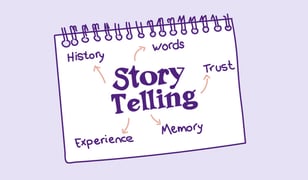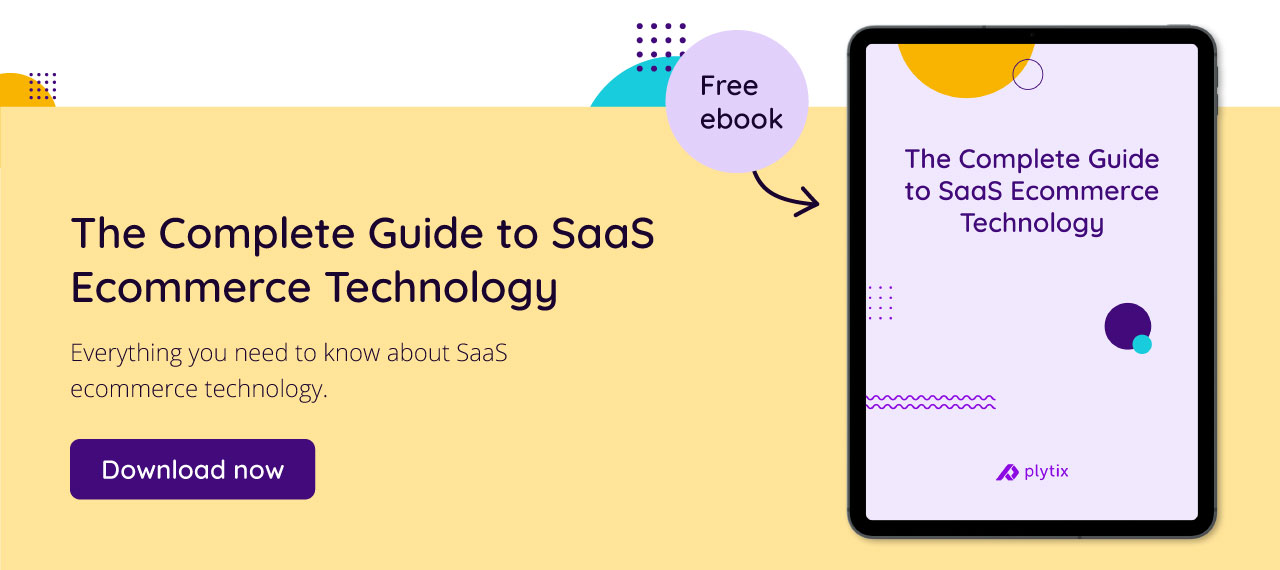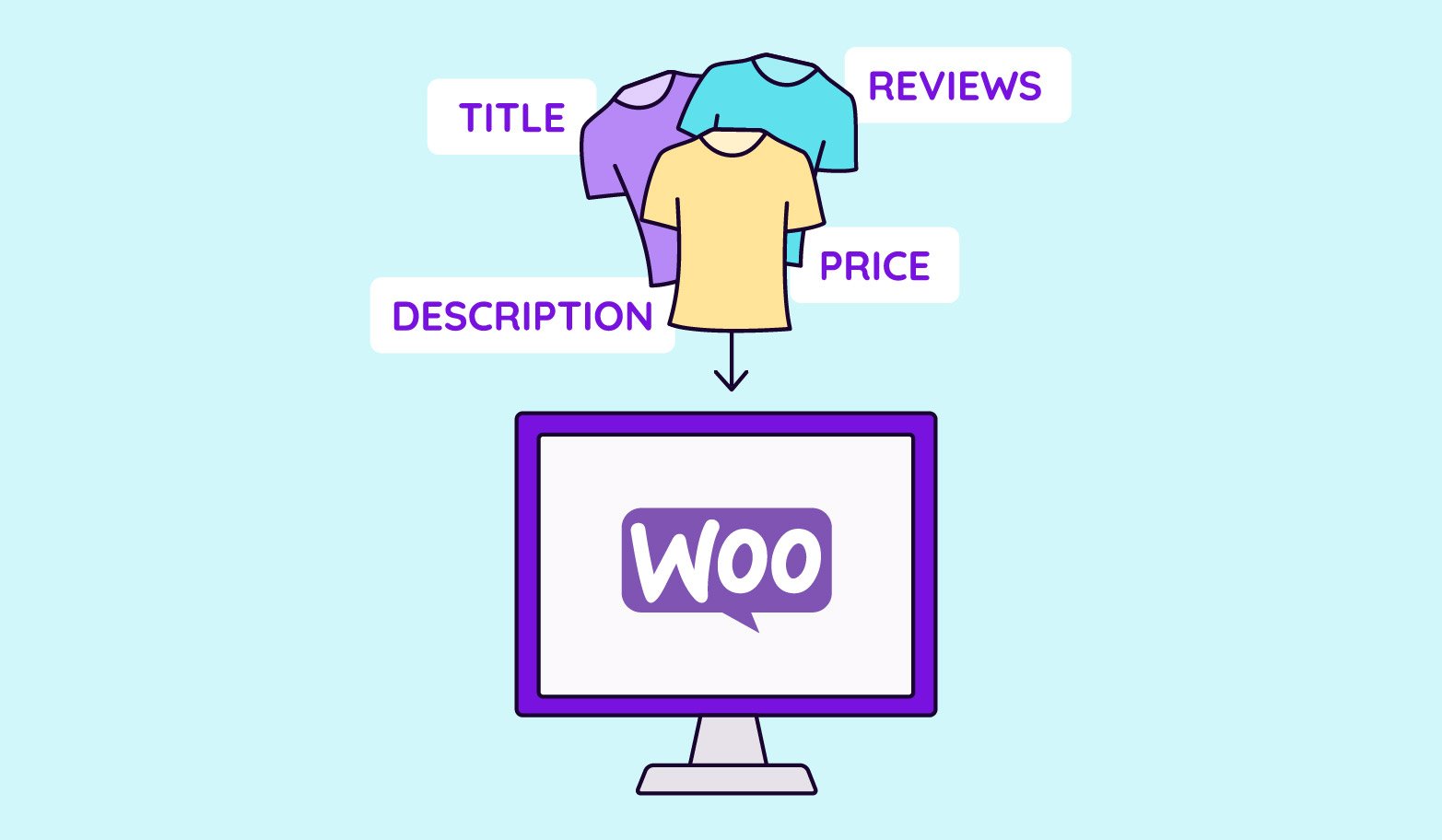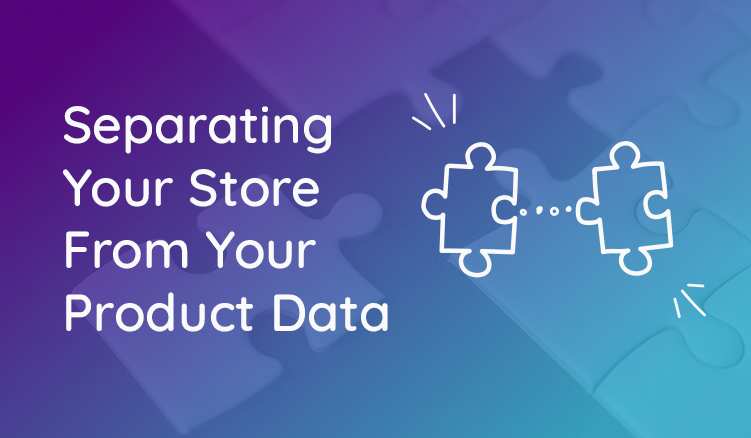The recent explosion of online sales has encouraged an influx of new ecommerce stores. While that’s a good thing for online shoppers as they’re getting more options, it raises the level of competition for e-tailers like you.
With customers being less loyal than ever before, we know that it has become harder for ecommerce businesses to win over prospects and retain customers. But the trick is understanding what your customer’s expectations are and how to exceed those expectations.
The latest research and industry trends show that modern digital shoppers are simply after an outstanding customer experience. According to this resource, a total of 73% of customers admit that customer experience highly influences their buying decisions. Additionally, 86% of customers make it clear that they’re more than willing to pay more to get a better customer experience.
Of course, your next question is what are the elements that make up an outstanding customer experience, right? Well, there are a couple of things you can implement—from great user experience, personalization, mobile-friendliness, seamless checkout processes, and so much more. But for this particular article, we want to talk more about product storytelling because that’s where everything begins. Before you can showcase all the other previously mentioned elements, you have to first capture the attention and interest of customers. Product storytelling can do that job, if it’s done right, that is.
Ready to get into it?
What is product storytelling?
Product storytelling is about telling the story of a product by clearly defining what the product is, what it does, and why customers should buy the said product. Answering the “why” is the most important part of the story, as it is key in setting your product apart from your competitors.
Why does product storytelling matter?
Storytelling is an artform that’s been used for centuries to bring people together and form tight-knit communities. Everyone loves good stories, that’s why many sit in front of a television or digital devices to watch news or shows, listen to podcasts or music, and read newspapers or books. Stories engage us, and not only do we learn valuable information through them, but we also build a connection to the kind of stories that align with our interests and purpose.
The same can be said about a product story, and that’s why customers read product catalogs. They’re hoping that your marketing team has crafted a good enough story to engage them as they try to understand more about your product. We stand firm in that a product story has the power to connect customers to products. A product story can encourage customers to care about your product and see the value in owning it. Finally, it can help customers visualize themselves using your product in a real life setting, which can influence them to take the desired action.
The journey leading to that desired action shouldn’t solely rest on your marketing team telling compelling stories about your product. Let the story begin as soon as they land on your WooCommerce webshop and product listing page if you’re a multichannel commerce brand. Let’s give you a few tips on how to get it right.
1. Use natural language in your product story
There’s no use trying to impress customers with fancy jargon that means nothing to them. The best approach is to use a natural language that they use every day. You need to speak to them in a way that you would if you were to talk to them in a brick and mortar setting. The only way to know how your target audience speaks is to know who your audience is and what demographic elements define them. This is something that you can find out in your research as you create target customer buyer personas.
For example, Baby Boomers talk differently than Millennials and Gen Zers. So, it’s important to know who you’re talking to so you can create a story that your ideal customer will connect with.
2. Put the customer at the center of the story, not the product
Now that you know exactly who you’re talking to, it’s time to talk to them but in a way that will connect with them. It’s only natural to want to talk about how great your product is, but for the story to have a positive impact on customers, it has to be centered around them. You have to ask yourself questions such as:
- What problem are my customers looking to solve?
- What questions or concerns would my customers have in relation to my product?
- What will connect my customer to my product?
For instance, let’s say you’re selling furniture, and your customers are in search of a comfortable sofa for their living room. So, the problem = need a comfortable sofa. The common questions and concerns they’d have, include how comfortable is the sofa? How durable is it? How to clean and maintain it long-term?
The foundation of your product story should be built around the answers to these questions.
3. Set a scene
As we’ve said before, customers are supposed to visualize themselves using your product. To help them do that, you have to set a scene in your storytelling. You can do that by describing what the product will help them achieve. For example, when we tell our product story to customers, we tell them that a product content management system enables them to efficiently manage their product information. That a PIM tool saves them tons of time that they’d otherwise be using to manually manage the wide range of their product information. That a PIM solution helps them reduce typos and errors. You get the picture, right?
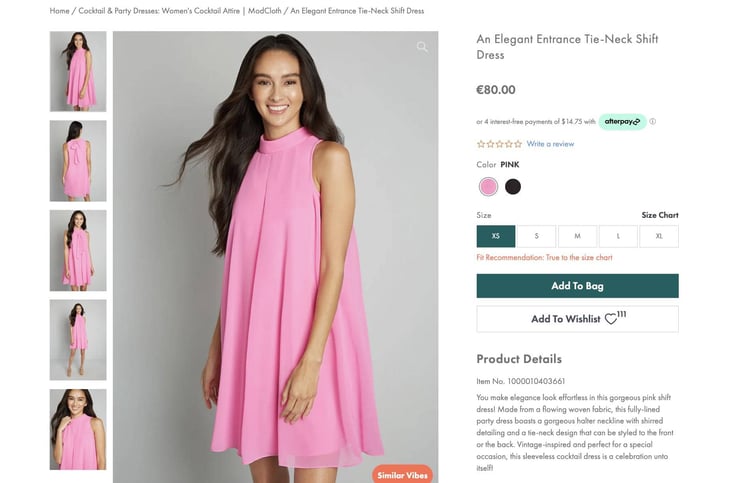
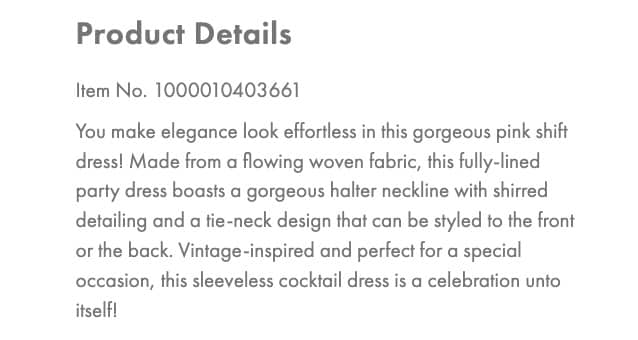
If, for instance, you sell breakfast bars, setting the scene would be describing how it cuts down the time to make breakfast in the morning, which gets them to their destination faster, while providing them with the nutrition they need to fuel their day. By bringing your customer into this story, they understand the true value your product can have in their life.
4. Make your product story user-friendly
The question you must have right now is how do I make my product story user-friendly? By making it easy to read so that it holds the attention of all types of readers, including readers who only skim the content. So, feel free to use a bulleted list and enough spacing to break apart the content.
Now that you know how to make it user-friendly, where do you put or publish this beautiful story once it’s carefully crafted? Well… a large portion of it goes into your product description. The other portion goes into your product title, overview, specifications, and other parts of the product page. The story needs to be coherent from beginning to end. So, use all these available options to make it interesting.
5. Optimize the story for impact
Optimization is the nature of the game in the online shopping world. Whether it’s search engine optimization (SEO) or product listing optimization (PLO) or both, it has to be done to improve visibility. That means you have to use the right keywords in your product story to ensure that it can show up in front of your target audience. These are keywords that search engines and marketplaces’ algorithms use to know where to position your product on results pages. Use the keywords as naturally as you can so that they don’t feel forced or out of place as to not disrupt the flow of the story and distract the reader.
Do your keyword research on the words and phrases customers typically use to search for the product you’re trying to write a story about.
Tell your story with accurate and up-to-date product information using Plytix
Plytix PIM is a software that can help you store your product descriptions and all of the other elements that make up a product page. But what is PIM exactly? PIM is a tool that centralizes all kinds of product information in a single location so that it’s easily accessible to anyone on your team who needs it. It’s a tool that ensures you can craft your product story using correct, accurate, and up-to-date product information.
What’s more is this tool can help you cut down the time if you need to update or tweak the information, even if it’s just for a different sales channel.
When you book a demo session with us, we can tell you more about how Plytix PIM can help you meet your sales goals through effective storytelling in combination with an efficient product information tool. If you want to learn more about other tools worth investing in, check out this guide on SaaS ecommerce technology.

